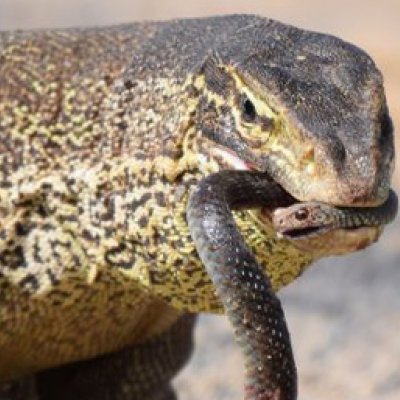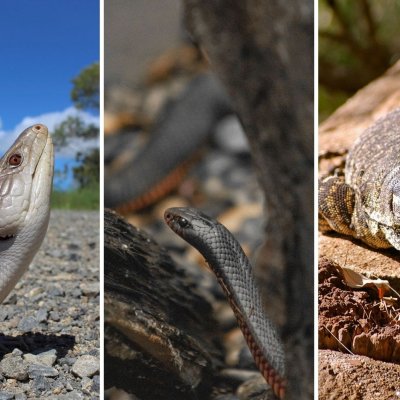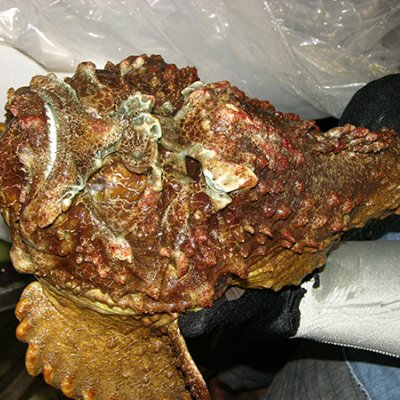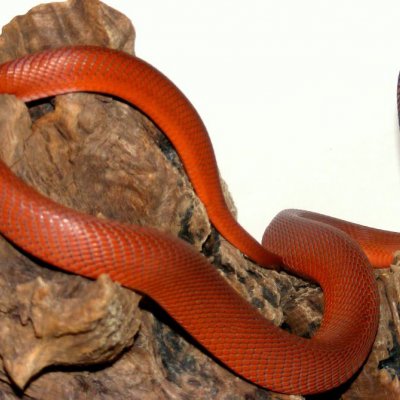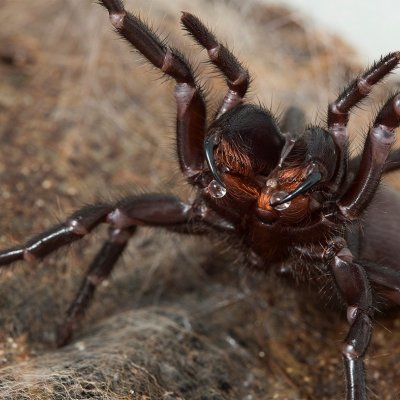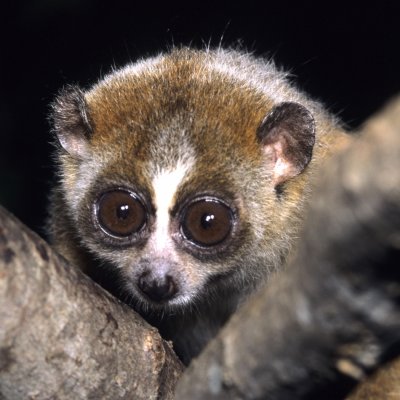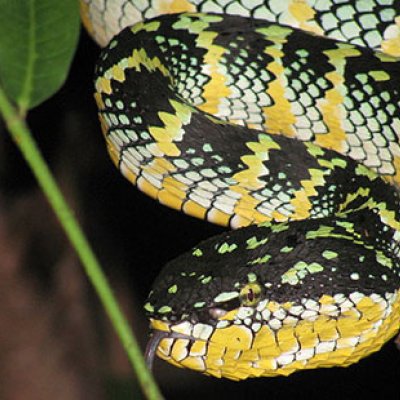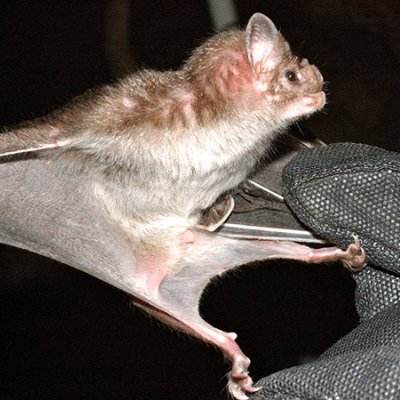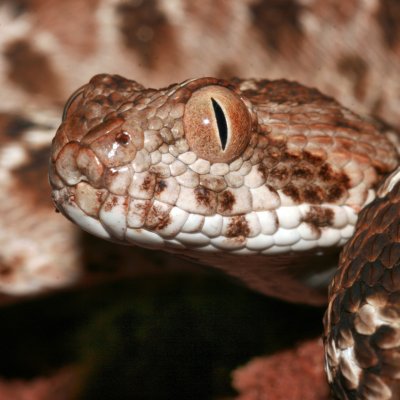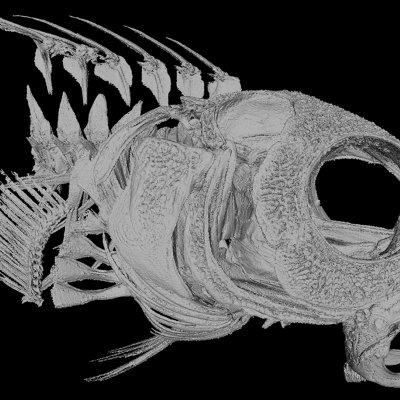A University of Queensland-led study has shed light on how some lizards have evolved to resist deadly neurotoxins from Australia’s most venomous snakes.
26 March 2024A team of scientists on location with a film crew in the remote Amazon has uncovered a previously undocumented species of giant anaconda.
20 February 2024The last common ancestor of chimps, gorillas and humans developed an increased resistance toward cobra venom, according to University of Queensland-led research.
7 December 2021Scientists have discovered that the humble blue-tongue lizard is largely resistant to the venom of the deadly red-bellied black snake, while giant carnivorous monitor lizards which feed on Australia’s most venomous snakes are not.
7 September 2021University of Queensland scientists working to unlock the mysteries Australia’s deadly stonefish have made a discovery which could change how sting victims are treated in the future.
1 June 2021Certain snakes have evolved a unique genetic trick to avoid being eaten by venomous snakes, according to University of Queensland research.
15 January 2021A team of University of Queensland researchers has revealed why male funnel web spiders develop much deadlier venom than their female counterparts.
22 September 2020Cats are twice as likely to survive a venomous snakebite than dogs, and the reasons behind this strange phenomenon have been revealed by University of Queensland research.
19 May 2020Research into the toxin of the world’s only venomous primate, the slow loris, is shedding light on the potential origins of the allergic qualities of cats.
5 February 2020Animal testing will no longer be required to assess a group of deadly neurotoxins, thanks to University of Queensland-led research.
29 October 2019Vampire bats could hold the key to new treatments for a range of serious medical problems, but researchers have hit a snag accessing the specimens needed to advance their work.
15 January 2019University of Queensland researchers have found that antivenoms produced using snakes from one region may perform poorly or fail completely against the same species of snakes from other regions.
4 September 2017A fearless fanged coral reef fish that disables its opponents with heroin-like venom could offer hope for the development of new painkillers.
31 March 2017A University of Queensland-led international study has revealed how one of the world’s most feared types of snakes – cobras – developed their potent venom.
14 March 2017